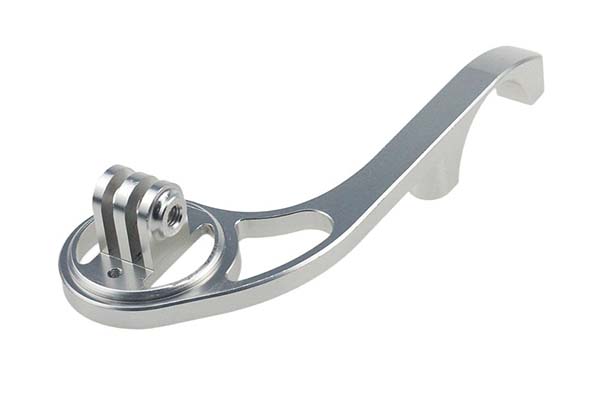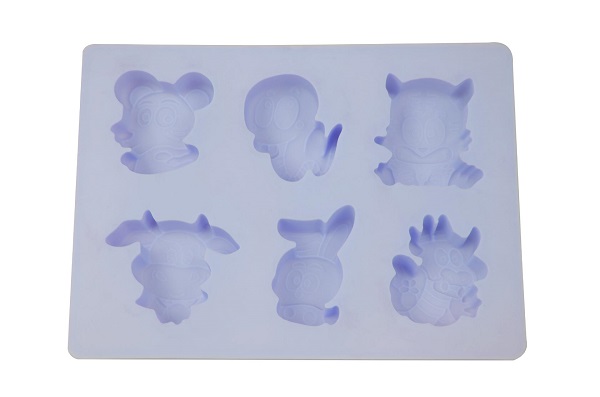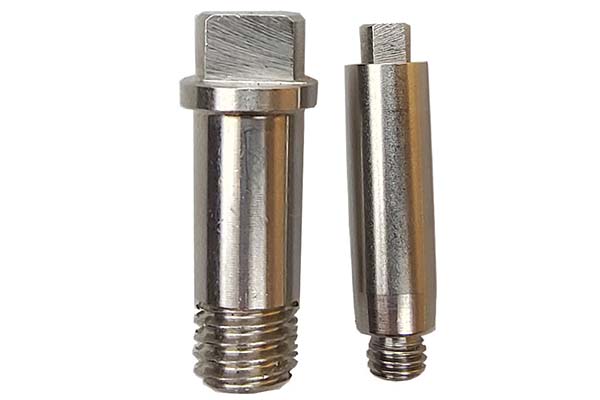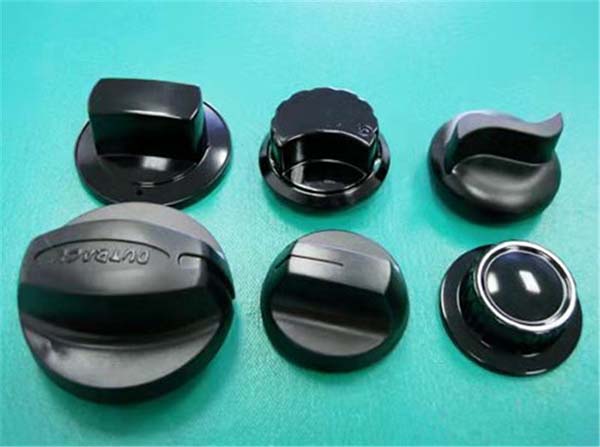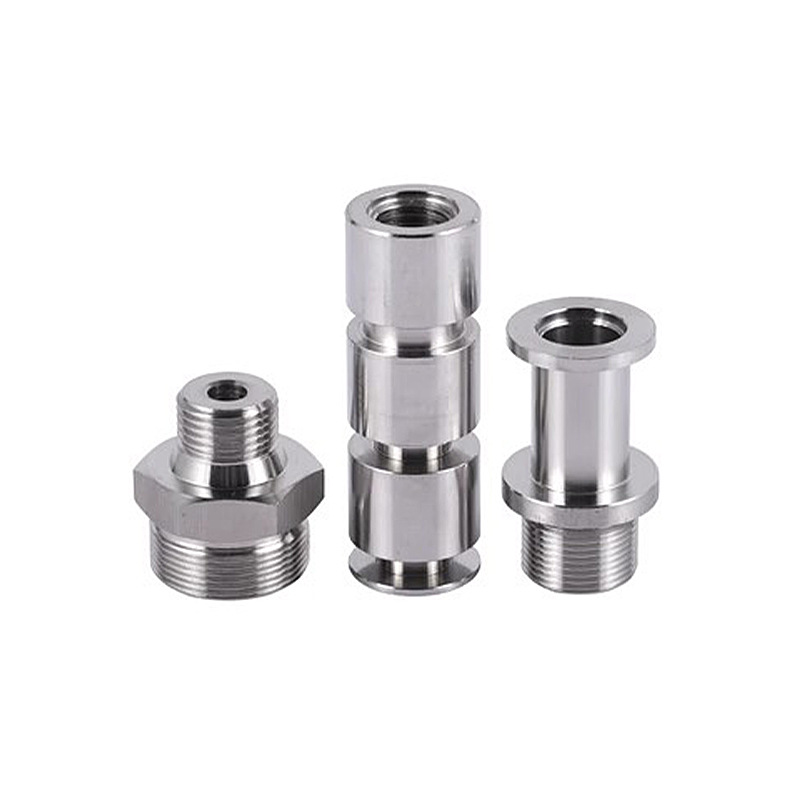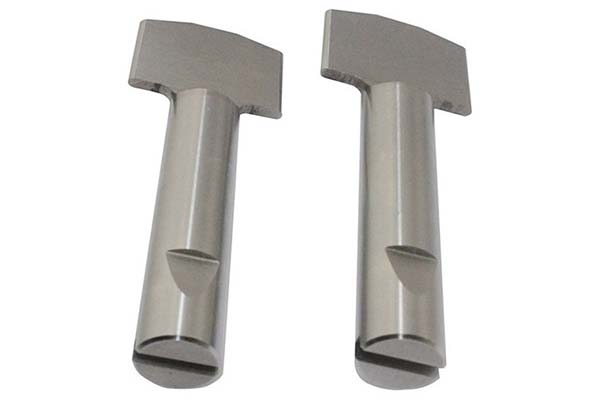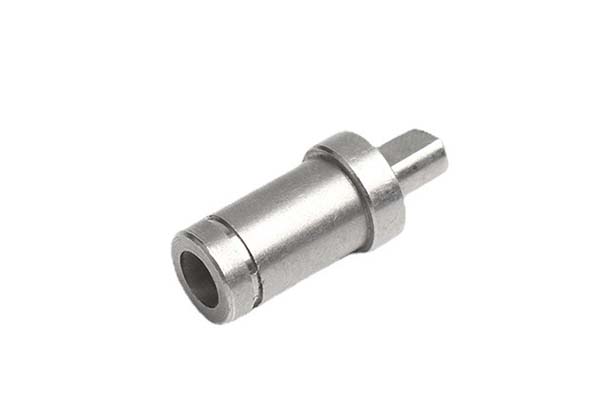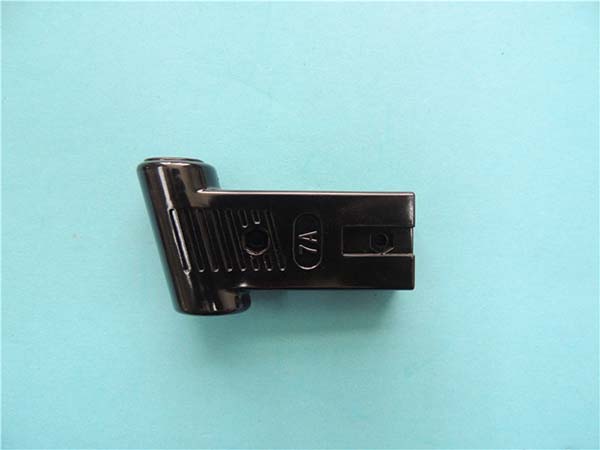CNC Machining Grade 4 titanium, also known as TA4 material, is a high-performance unalloyed titanium grade that strikes an impressive balance between strength, corrosion resistance, and formability. Its unique characteristics make it a preferred choice in demanding industries, but machining TA4 comes with its own set of challenges, from handling its increased hardness to ensuring tight tolerances. This comprehensive guide will explore every critical aspect of CNC machining Grade 4 titanium, offering practical solutions to common issues and valuable insights for manufacturers.
Material Properties of Grade 4 (TA4) Titanium
Key Mechanical and Physical Properties
TA4 material boasts superior mechanical properties compared to lower-grade unalloyed titanium. It has a tensile strength ranging from 485 to 655 MPa, significantly higher than Grade 2 (TA2) which typically ranges from 345 to 550 MPa. This increased strength makes it more resistant to deformation under load, but it also makes machining more challenging.
In terms of hardness, Grade 4 titanium has a Brinell hardness of around 120 HB, which is higher than Grade 2's 95 HB. This higher hardness contributes to its improved wear resistance but can accelerate tool wear during machining. The density of TA4 is approximately 4.51 g/cm³, the same as other unalloyed titanium grades, offering a favorable strength-to-weight ratio.
One of the notable properties of TA4 is its excellent corrosion resistance, comparable to other titanium grades. It performs well in various environments, including marine and chemical processing settings. However, its thermal conductivity is relatively low, around 16 W/m·K, similar to Grade 2. This low thermal conductivity means heat generated during machining tends to concentrate at the cutting zone, leading to increased tool temperatures and potential tool damage.
How Properties Impact Machining
The higher strength and hardness of TA4 make it more resistant to cutting forces, requiring more powerful machining equipment and more durable cutting tools. The low thermal conductivity, combined with the increased hardness, creates a perfect storm for accelerated tool wear if machining parameters are not optimized. For example, in a comparative milling test, TA4 caused 25% more tool wear than Grade 2 when using the same cutting tools and parameters.
Machining Processes for Grade 4 (TA4) Titanium
Choosing the Right Cutting Tools and Parameters
When it comes to CNC machining of TA4, selecting the appropriate cutting tools is crucial. Carbide tools, particularly those with micro-grain structures, are preferred due to their high hardness and wear resistance. Coatings such as TiAlN can further enhance tool performance by reducing friction and increasing heat resistance. In a tool life test, TiAlN-coated carbide tools lasted 30% longer than uncoated ones when machining TA4.
Cutting speed and feed rate are critical parameters that need careful adjustment for TA4. Due to its higher hardness and lower thermal conductivity, cutting speed for TA4 is generally lower than for lower grades. For milling operations, a cutting speed range of 60-100 m/min is recommended, with feed rate between 0.08-0.15 mm/rev. For turning, cutting speed can be set to 50-80 m/min, and feed rate to 0.1-0.2 mm/rev. These parameters help balance material removal rate with tool life and heat management.
Common Machining Operations for TA4
- Milling: Milling TA4 requires rigid machine setups to handle the higher cutting forces. End mills with sharp cutting edges and high helix angles are effective for reducing cutting forces and improving chip evacuation. A study showed that using a 45-degree helix angle end mill reduced cutting forces by 15% compared to a 30-degree helix angle when milling TA4.
- Turning: Turning operations on TA4 benefit from using positive rake angle inserts to minimize cutting forces. Maintaining a constant cutting speed and avoiding interrupted cuts helps reduce tool wear.
- Drilling: Drilling TA4 can be challenging due to the material's tendency to work harden. Using carbide drills with through-coolant holes is essential for effective chip evacuation and heat dissipation. A test found that through-coolant drills reduced drill wear by 40% compared to conventional drills when drilling TA4.
Quality Control in CNC Machining Grade 4 (TA4)
Ensuring Precision and Dimensional Accuracy
Precision is paramount in machining TA4, especially for parts used in critical applications. Tolerance levels as tight as ±0.005 mm are often required, and achieving this demands strict process control. Dimensional accuracy can be affected by factors such as tool wear, machine rigidity, and thermal expansion. Regular calibration of machining equipment, using high-precision measuring tools, and implementing in-process inspections help maintain the required tolerances.
Metrology plays a vital role in quality control. Coordinate Measuring Machines (CMMs) are commonly used to verify the dimensions of machined TA4 parts. These machines can measure complex geometries with an accuracy of up to ±0.001 mm, ensuring that parts meet design specifications.
Surface Finish and Inspection Methods
Surface finish is a critical quality attribute for TA4 parts, with surface finish requirements often specified in terms of Ra values. For aerospace components, an Ra value of 1.6 μm or lower is typically required, while medical devices may need Ra values as low as 0.8 μm. Achieving these finishes requires careful selection of cutting tools, parameters, and post-machining treatments.
Inspection methods for TA4 parts include:
- Visual inspection for surface defects such as scratches and burrs.
- Ultrasonic testing to detect internal defects.
- Eddy current testing for surface crack detection.
- Optical profilometry to measure surface finish accurately.
Adhering to quality standards such as ISO 9001 and industry-specific standards ensures consistent quality in TA4 machining. Regular audits and process validation help maintain compliance with these standards.
Applications of Grade 4 (TA4) Titanium
Industrial and Commercial Applications
Industrial applications of TA4 are diverse, thanks to its excellent combination of properties. In the automotive parts sector, TA4 is used for exhaust components and high-performance fasteners due to its corrosion resistance and strength. In aerospace components, it finds use in structural parts and hydraulic systems where high strength and low weight are critical.
The medical devices industry values TA4 for its biocompatibility and strength. It is used in orthopedic implants, surgical instruments, and dental fixtures. In electronics, TA4 is used for heat sinks and connectors due to its good thermal properties and corrosion resistance. Consumer products such as high-end watches and sports equipment also utilize TA4 for its durability and aesthetic appeal.
Custom Machining for Specialized Needs
Custom machining of TA4 allows for the production of complex parts tailored to specific applications. Manufacturers leverage advanced CNC machining techniques to create intricate geometries with tight tolerances. For example, in the production of custom aerospace brackets, 5-axis machining is used to achieve the complex shapes required, with TA4's strength ensuring the brackets can withstand the demanding operational conditions.
Technical Specifications of Grade 4 (TA4) Titanium
Material Standards and Certification
TA4 material conforms to various ASTM standards and ISO standards. ASTM B265 is the primary standard for unalloyed titanium sheet, plate, and strip, which includes specifications for Grade 4 titanium. ISO 5832-2 covers titanium and titanium alloys for surgical implants, specifying requirements for TA4 used in medical applications.
Material certification is essential for ensuring the quality and traceability of TA4. Certifications typically include chemical composition analysis, mechanical property testing results, and heat treatment records. This documentation provides assurance that the material meets the required specifications for its intended application.
Chemical Composition and Dimensional Specifications
The material composition of Grade 4 titanium is primarily titanium (minimum 99.2%), with trace amounts of other elements. The maximum allowable limits for impurities are: oxygen 0.40%, iron 0.30%, carbon 0.08%, nitrogen 0.03%, and hydrogen 0.015%. This controlled composition ensures the consistent performance of TA4.
Dimensional specifications for TA4 vary depending on the form of the material (sheet, plate, bar, etc.) and the specific application. Manufacturers refer to technical data sheets provided by material suppliers to ensure they are using the correct dimensions for their machining processes. These data sheets include information on thickness, width, length, and tolerance ranges for each form of TA4.
Yigu Technology's Perspective
At Yigu Technology, we have extensive experience in CNC Machining Grade 4 titanium for a wide range of applications. We understand the challenges posed by TA4's higher hardness and have developed optimized machining processes to overcome them. Our use of high-performance cutting tools, precise cutting speed and feed rate settings, and rigorous quality control measures ensures that we produce TA4 parts with exceptional precision and surface finish. Whether it's for aerospace, medical, or industrial applications, we are committed to delivering high-quality custom machining solutions that meet our customers' specific requirements.
FAQs
Q1: What makes Grade 4 (TA4) titanium different from other titanium grades in terms of machining?
A1: Grade 4 (TA4) titanium has higher strength and hardness compared to lower-grade unalloyed titanium, which makes it more challenging to machine. It causes more tool wear and requires lower cutting speed and adjusted feed rate to manage heat and cutting forces effectively.
Q2: What are the typical tolerance levels achievable when CNC machining TA4?
A2: With proper equipment and process control, tolerance levels of ±0.005 mm can be achieved for most TA4 parts. For more complex geometries, tolerances of ±0.01 mm are commonly maintained, ensuring high dimensional accuracy.
Q3: What inspection methods are most effective for ensuring the quality of TA4 machined parts?
A3: A combination of inspection methods is effective, including CMM for dimensional accuracy, optical profilometry for surface finish measurement, ultrasonic testing for internal defects, and eddy current testing for surface cracks. These methods together ensure that all aspects of part quality are verified.
